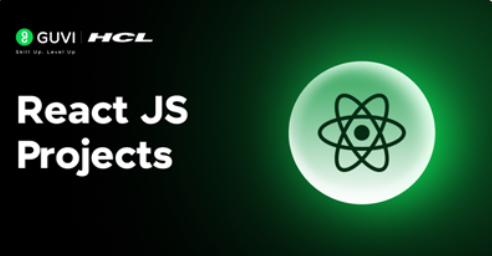What are C++ language features?
C++ Language Features
1. Data types
C++ provides a variety of built-in data types, such as integers, floating-point numbers, characters, and boolean values. It also supports user-defined data types like structures, classes, and enumerations.
2. Control structures
C++ supports a variety of control structures, such as if-else statements, switch statements, loops (for, while, and do-while), and jump statements (break, continue, and return). These control structures allow developers to control the flow of execution in their programs.
3. Functions
C++ allows developers to define functions that perform specific tasks and return values. Functions can modularize code, reduce redundancy, and improve readability.
4. Pointers and references
C++ supports pointers, variables with memory addresses, and references, which are aliases for existing variables. Pointers and references can allocate dynamic memory, pass arguments to functions, and implement data structures.
5. Classes and objects
C++ supports object-oriented programming by using classes and objects. A class is a user-defined data type encapsulating data and functions, while an object is an instance of a class. Classes and objects allow developers to model real-world entities and their interactions.
6. Inheritance
C++ supports inheritance, which allows developers to create new classes that inherit properties and behaviors from existing classes. Inheritance facilitates code reuse and reduces redundancy.
7. Polymorphism
C++ supports polymorphism, which allows developers to write code that can work with objects of different classes. Polymorphism is achieved through virtual functions and function overloading.
8. Exception handling
C++ supports exception handling, which allows developers to handle runtime errors and abnormal situations in their programs. Exceptions can be thrown by code that detects an error and caught by code that handles the error.
C++ provides a rich set of language features allowing developers to write efficient, modular, and maintainable code. Its support for object-oriented programming, memory management, and runtime error handling makes it a popular choice for complex software applications.
C++ Development Environment
To develop C++ applications, developers typically use an Integrated Development Environment (IDE), a compiler, and a debugger. Let's take a better look at each one of these components:
1. Integrated Development Environment (IDE)
An IDE is a software application with a comprehensive development environment for writing, testing, and debugging code. An IDE typically includes a code editor, a debugger, a compiler, and other tools that streamline the development process. Some popular C++ IDEs include Visual Studio, Eclipse, Code::Blocks, and Xcode.
2. Compilers
A compiler is a software program that translates human-readable source code into machine-readable code that a computer can execute. C++ is a compiled language, so developers must use a C++ compiler to compile their code. Some popular C++ compilers include GCC (GNU Compiler Collection), Clang, and Microsoft Visual C++.
3. Debuggers
A debugger is a software tool that allows developers to examine and analyze the behaviour of their code during runtime. Debuggers provide features such as breakpoints, watch variables, and call stacks that allow developers to step through their code and identify and fix errors. Some popular C++ debuggers include GDB (GNU Debugger), LLDB, and Microsoft Visual Studio Debugger.
In addition to these tools, developers may use build automation tools, version control systems, and other software engineering tools to manage their code and development workflow. A well-configured C++ development environment can help developers write high-quality, efficient, and bug-free code.
















